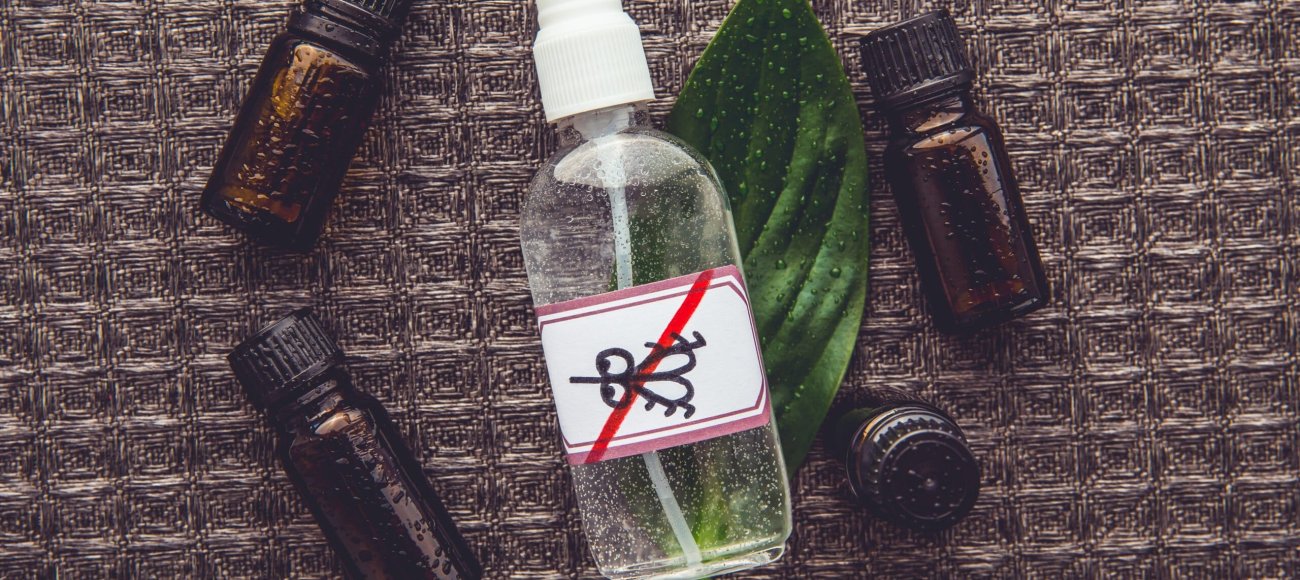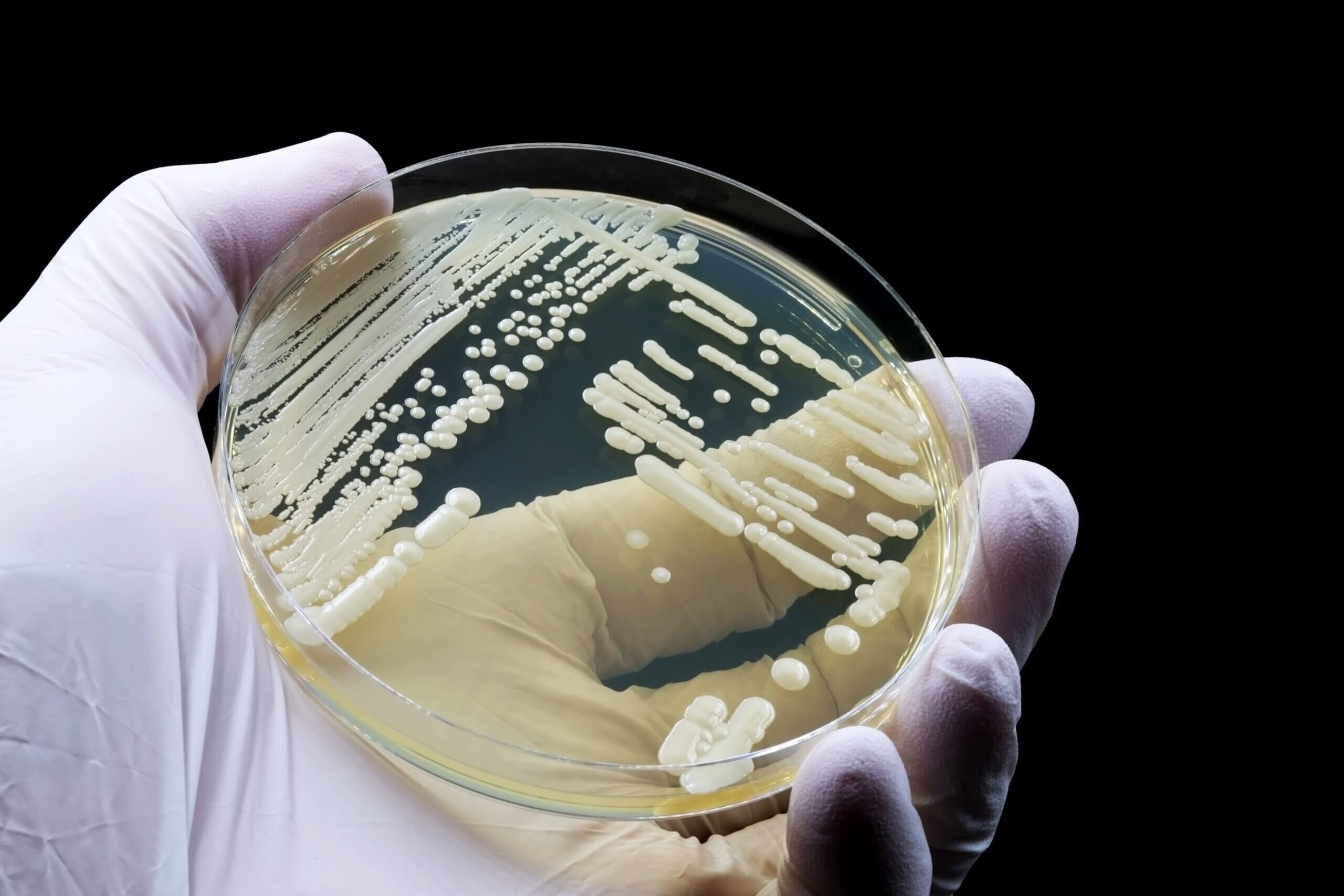Pest control is an important factor which has to be executed in an efficient manner to ensure that a clean and healthy environment is provided for the residents. There are a lot of commercial pest control products available in the market but homeowners prefer DIY treatments mostly due to operational simplicity and cost effectiveness as the remedies are safe for short term use in homes. On the topic of the effectiveness of home remedies for pest control, this article highlights some of the most effective DIY pest control techniques
Understanding the Need for DIY Pest Control
Before delving into those particular cures, one needs to comprehend why it is great to implement Do-It-Yourself pest control. It is quite effective and easily available through stores but those contain chemicals that might harm human and pet health. In addition, some contain chemicals that could be potentially detrimental to health and can be costly and need to be reapplied. On the other hand, home remedies, as the name suggests, involve the use of natural products to prepare them and they are safer, affordable and eco-friendly.
Common Household Pests and Their DIY Remedies
1. Ants
Ants can best be described as one of the most invasive forms of insect pests in any given dwelling. They can turn very destructive within the shortest period, specifically in areas of preparation of foods and storage of such foods. Here are some effective DIY pest control solutions for ants.
Vinegar Solution
Equal portions of water and white vinegar should be combined in a spray bottle and used to spray the tracks and entrance to the ants’ lair. Some of the most effective methods include using vinegar since the acetic acid present in the vinegar interferes with the ants’ pheromone trail which informs them not to cross the barrier into your house.
Baking Soda and Sugar
Combine an equal mixture of baking soda and sugar near the ant’s nest to help eliminate them from the area completely. Sugar baits them while at the same time the baking soda works with the acid in their stomach, which ends up killing them.
2. Cockroaches
Cockroaches are notorious for their resilience and can carry various diseases. Using effective DIY pest control methods can help manage them.
Boric Acid and Sugar
Mix boric acid with sugar and place it in areas where cockroaches are commonly seen. The sugar lures the roaches, and the boric acid acts as a poison.
Bay Leaves
Place bay leaves in cupboards, under sinks, and in other areas where cockroaches dwell the most. The scent of bay leaves keeps these pests away.
3. Mosquitoes
Mosquitoes are not only pests but also disease-carriers that transmit diseases such as malaria and dengue fever. Luckily, DIY measures can offer substantial help.
Essential Oils
Use essential oils such as eucalyptus, lavender, or citronella. Mix a few drops with water and spray around the house or apply directly to the skin as a natural repellent.
Coffee Grounds
Sprinkle used coffee grounds on puddles so that it stays on the surface of the stagnant water around your home. Mosquitoes do not breed in water that is covered with this substance since it forms a layer on the water surface. This technique is an example of effective DIY pest control.
4. Flies
Flies are one of the greatest pests that can be encountered, commonly during summer. Pest control is an essential task that should be practiced everywhere to minimize the risks associated with pest invasions. Here are some simple pest control techniques that you can apply at home.
Apple Cider Vinegar
Fill a bowl with apple cider vinegar and add a few drops of dish soap. The vinegar attracts the flies, and the soap breaks the surface tension, trapping them.
Basil
Proper arrangements of the basil plant also have the ability to prevent flies; the plant should be planted near doors and windows. The smell of basil is also capable of repelling flies, an advantage that enhances natural facilitation of pest eradication.
5. Spiders
While spiders are beneficial in controlling other insects, their presence can be unsettling.
Citrus Peels
Rub citrus peels (lemon, lime, orange) around doorways, windowsills, and other entry points. The acidic scent repels spiders.
Vinegar and Water Spray
Mix equal parts of vinegar with water in a spray bottle and then spray on areas such as corners that are usually frequented by spiders. Boric acid is another simple effective DIY pest control method.
6. Bedbugs
It is especially important that bedbugs can be difficult to get rid of and more often that one needs professional help.
Diatomaceous Earth
Sprinkle food-grade diatomaceous earth around the bed, baseboards, and other areas where bedbugs are suspected. This natural powder dehydrates and kills bedbugs.
Steam Cleaning
Dry clean mattresses, carpets, and upholstered furniture once every week. Extreme heat is also helpful for bedbugs and their eggs eradication and can come in as a viable method. This is a crucial step in effective DIY pest control.
Integrated Pest Management (IPM) Approach
For a more effective and sustainable pest control strategy, consider implementing an Integrated Pest Management (IPM) approach. IPM integrates a variety of tactics to keep pests beneath the level that causes economical loss and keep risks to human health and the surroundings at a minimum. This technique is part of effective DIY pest control.
Steps in IPM
- Inspection and Monitoring: Regularly inspect your home for signs of pest activity and identify the specific pests present.
- Prevention:Some of the ways to control pests are browsing for seal cracks, repair leaks, and maintain cleanliness to prevent pest entry and reduce attractants.
- Control Methods: Use a combination of DIY remedies and commercial products to control pest populations. Rotate methods to prevent pests from developing resistance.
- Evaluation: Always analyze the efficiency of applied pest control measures and change the strategy or apply additional ones if necessary. This process is vital for effective DIY pest control.
Safety Tips for DIY Pest Control
People must adhere strictly to the safety measures in order to avoid unpleasant outcomes.
- Proper Labeling: It is also important to label all homemade pest control mixtures as you do not want someone to accidentally ingest or misuse.
- Protective Gear:When using substances that are poisonous like boric acid, and other products like essential oils, one should use gloves and masks.
- Storage: it is wise to keep those pest control products whether homemade or commercial stored out of bounds to children and pets.
- Ventilation: Take caution while using sprays and powders by making sure that your work space has adequate ventilation as some of the contents may be toxic when inhaled.
Complementing DIY Solutions with Commercial Products
DIY remedies can be highly effective, at times it is necessary to use purchased products to get the best results with the home remedies applied. Integrating both methods would be the best solution to achieve a more efficient kind of pest control and would be the foundation on which DIY pest control can be practiced.
Commercial Products: When to use
- Severe Infestations: For large or persistent infestations, commercial products may offer better results for the removal of fully developed cockroaches
- Specific Pests: Certain pests, such as termites and bedbugs, may call for solutions that are professionally purposed to treat infested areas.
- Complementary Use: To increase effectiveness, incorporate DIY methods, such as using bait stations along with homemade traps.
Recommended Commercial Products
- Ant Baits: To deal with ant colonies, gel baits or bait stations.
- Insect Growth Regulators (IGRs): IGRs do not kill pests but rather stop them from developing to the stage of adulthood where they can reproduce.
- Aerosol Sprays: Use insecticidal sprays for quick knockdown of flying insects.
Effective and safe pest control is achievable through a combination of DIY home remedies and commercial products. By understanding the behavior and biology of common household pests, homeowners can implement targeted strategies to manage and prevent infestations. Utilizing natural ingredients and maintaining cleanliness are key components of a successful pest control plan.
For those seeking further assurance and professional support, consider the testing and validation services of Microbial Investigations MIS Switzerland. Our expertise in pest management and laboratory testing can help ensure your home remains pest-free and healthy.
Contact MIS Switzerland today to learn more about our comprehensive pest control validation solutions.














